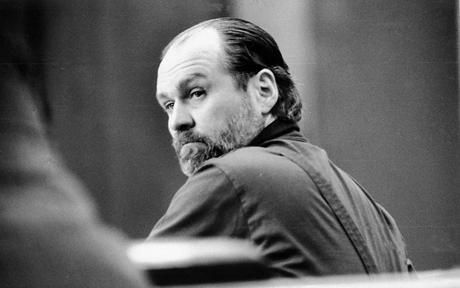
The work of Carl Andre, the minimalist artist who died this week, was not sculpture in the traditional sense of the word. It ranged from tiles plainly laid out on the floor, to stones stacked on top of each other; the latter became the subject of scandal in 1975, when it was revealed that Tate had paid £2,297 (about £24,000 today) for what critics appeared to be mere building materials. Instead of cutting, sanding or sculpting, Andre left his objects alone, arranged in ephemeral shapes without bolts or notches to hold them together. What mattered, Andre thought, was their relationship with the gallery visitors who were encouraged to walk all over them. It was, he called it, 'sculpture as place'.
After Andre's death on Wednesday, some tributes to a titan appeared. His gallerist, Paula Cooper, said he "redefined the parameters of sculpture" and was "guided by a commitment to pure matter." Yet the reaction among art world figures, especially online, has been remarkably muted - even hostile. That reception took place one evening in 1985, since then Andre's name has been permanently blacked out.
It was September 8, 1985, at 5:30 a.m., when Andre called 911 from his apartment in New York City. "My wife committed suicide," he said. "My wife is an artist, and I'm an artist, and we were arguing about the fact that I was exposed to the public more - um - than she was, and she went into the bedroom, and I went after her, and she went out the window."
Cuban-American performance artist Ana Mendieta had married Andre earlier that year, following a one-time relationship that began in 1979, after meeting at the feminist art gallery AIR in New York. They met at Mendieta's debut solo exhibition, for which the walls were covered with her Silueta series (1973-8) - a collection of photographs of outlined female forms, which had been cut, burned and traced onto backgrounds of various landscapes.
That morning in 1985, Mendieta's body was found on the roof of a deli, 33 floors below her and Andre's apartment. The resemblance to the horizontal, spread shapes of her 'siluetas' was especially stark: a few times she had even drawn the female figure in blood. Like the blank, typological figure in her artwork, her body was virtually naked and clad only in bikini bottoms.
The story continues

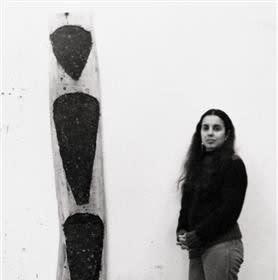
The story of Mendieta's death quickly became entangled in shifting narratives and ties to the art world, which never waned. Mendieta and Andre had argued that night - she had started collecting evidence about his infidelity and was talking to friends about the possibility of a divorce - and had both been drinking. The bedroom was a mess, as if it had been after an argument, and Andre had scratches on his face and body. Mendieta, who was 6 feet tall, was not tall enough to have climbed out of the window without assistance. Friends spoke of her paralyzing fear of heights.
When the police officers arrived, Andre told a different story than that of his panicked 911 call. This time he claimed that Mendieta "wanted to go to bed. I wanted to watch TV... I don't know, maybe I should have slept with her if that's what she wanted. In that sense, I may have killed her." He claimed that he "just kn[e]w" that she had "jumped".
When he gave a written statement later that day, the story had changed again: Andre now claimed that it could have been an accident, that Mendieta "had fallen." Some 26 years later, Andre gave another version in an interview with The New Yorker, saying there was no argument and claiming Mendieta "just lost her balance" when he tried to close the windows.
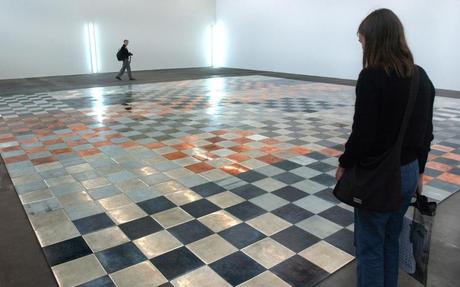
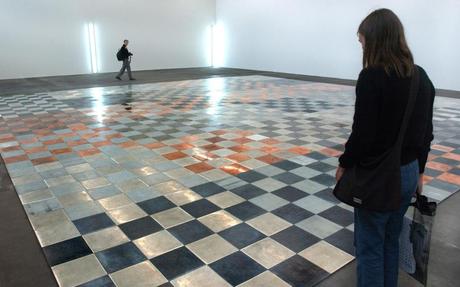
Given his inconsistent story and peculiar behavior - when he answered the phone of a friend of Mendieta's shortly after her death, he made no mention of what had happened and even said he would pass on a message for her - it came as a surprise that Andre was acquitted of second-degree murder in 1988, after a non-jury trial. He left the Manhattan courtroom saying "justice has been served."
For Mendieta's friends and family, that couldn't be further from the truth. While Andre's gallery had been exhibiting and selling his art throughout the process, and he now had the freedom to create more, Mendieta's career had been cut short just as it was taking off. About fourteen years younger than Andre - and, when they met, not in the same league of fame - she had new work prepared, aiming for the big break that would bring her the fame she so craved. Lauren Elkin, who wrote about Mendieta in her 2023 book Art Monsters, says Mendieta "was blossoming at the time of her death. She was groundbreaking in her work and worked with new, stand-alone material." She was "robbed of her future, of her new direction."
For all of Andre's bravado about "justice" having been served, his own career would be forever haunted by Mendieta's death. In the immediate months and years after Mendieta's death, the New York art scene was divided. Performance artist Carolee Schneemann summed up the division when she noted that half the art world was behind Andre and his work, saying "we have to protect him from... this horrible thing she did, this wild, destructive creature." The other half, Schneemann said, the part made up mostly of women, believed him guilty and was certain that "he lost it." He went berserk."


As a result, Andre retreated from the height of his youthful success - at just thirty years of age he had been the subject of a sole retrospective at the Guggenheim in New York in 1970. After the trial he showed himself mainly in Europe, where the gossip about the process were less widespread.
But he couldn't hide forever. In 1992, when the Guggenheim staged another exhibition of his work, some 500 demonstrators came to the exhibition and chanted "Where is Ana Mendieta?" Three years later, when American football player OJ Simpson was acquitted of the murder of his ex-wife Nicole, the art collective Guerilla Girls produced a poster comparing the two men. "The OJ of the art world" is a nickname that has stuck; it's still attached to Andre.
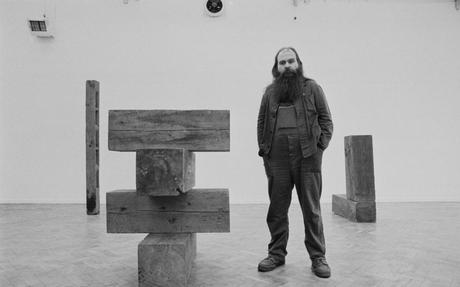
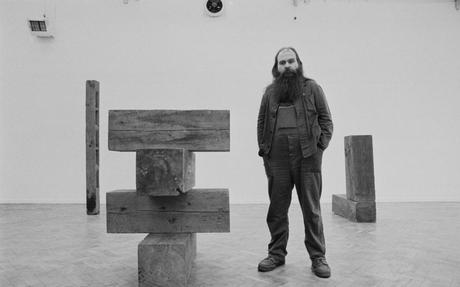
In the last years of his life, Andre again became the subject of great institutional attention. He was given a retrospective at the Dia Art Foundation in New York, which subsequently traveled internationally. But at Dia, in 2014, there were tears and a ceremonial bag of bloody chicken was dumped on her doorstep. Later, in Berlin, demonstrators arrived at the show with their hands covered in blood. In 2016, demonstrators marched on Tate Modern in response to the gallery's decision to exhibit Andre's work, chanting: "Oi, Tate, we have a vendetta - where's Ana Mendieta?"
There is a certain irony in the fact that Andre's work - minimal, quiet, unwilling to accept anything other than pure industrial material - became the object of such anger. What is more important, however, is the life and artistic career that was brutally cut short. Sinéad Gleeson wrote about Mendieta in her 2019 essay collection Constellations; the fact that Mendieta's work, she tells me, "has become so intertwined with the man who [allegedly] murdered her undermines the legacy of her feminist, political, bodily work.
"This immense loss is compounded by all the pieces she never got to make."
